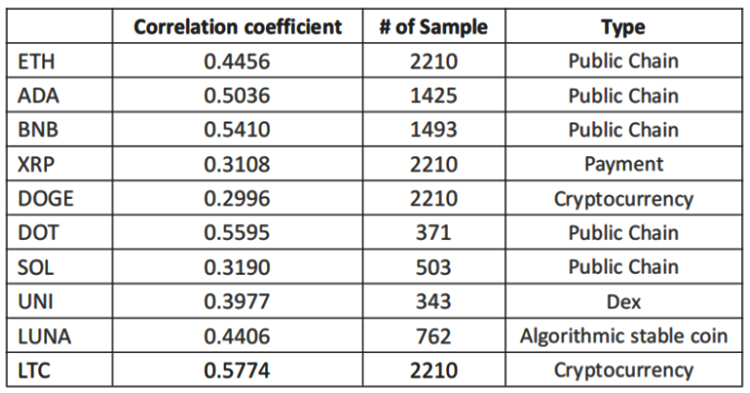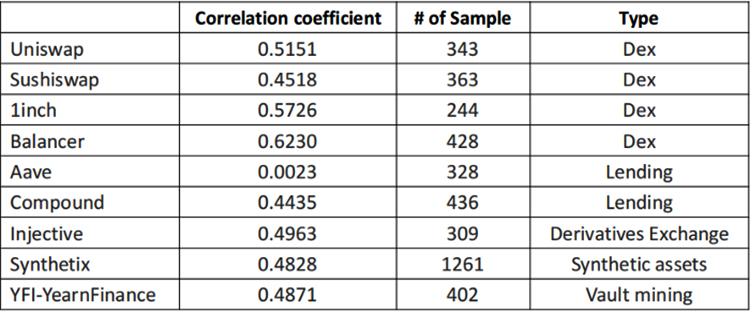After DeFi, the NFT become more popular. According to the data from Google Trends, the search popularity of NFT surpassed DeFi for the first time on February 21 and surpassed ETH for the first time on March 6. The search volume has soared unprecedentedly, and there is no doubt that this is the explosive spring of NFT.
NFT(Non-fungible token) is an “irreplaceable” encryption tool that can be used to tokenize “unique digital projects”. Because they are irreplaceable, which means that NFTs are not interchangeable with each other. It can prove the scarcity of digital projects and then endow the projects with inherent value.
In the real world, people exchange works of art and collectibles through physical exchanges, brokerage companies and other media. The concept of “digital ownership” is much more ambiguous than the concept of “physical ownership”, so it lacks in the digital field corresponding to the transaction infrastructure.
NFT is a very effective solution that can help individuals “own” items such as digital art on the Internet in a verifiable manner, and it also can exchange value. Through standardized “digital goods”, NFTs can also exchange digital works on public blockchains, which in turn solves the inefficiency of traditional digital trading platforms.
By viewing the current hotspots, it is not difficult to see that “out of the zone” is the key to this NFT outbreak, including the encrypted collection NBA Top Shot with the theme of NBA star cards, YouTube celebrity Logan Paul launched the Pokémon NFT collection, and the world’s top auction “Christie’s” auctions Beeple’s NFT encrypted artwork.
The reason why people have a strong interest in NFT is mainly due to the huge innovation in this field in 2020. Some well-known artists have entered the NFT market, such as DC Comics artist, “Wonder Woman” illustrator José Delbo, and encryption artist Trevor Jones. The NFT price of many works of art is also quite substantial (usually more than $100,000), which shows that more digital collectors start to see value in NFT. The most noticeable is the Flow of CryptoKitties. NBA Top Shot is a market where NBA authorized digital collectibles are sold on the FLOW blockchain. The platform has more than 67,000 users and sales have exceeded 228 million US dollars. In general, in 2020, the total value of NFT transactions has tripled, approaching US$250 million.
DeFi expands the meaning of Token in the financial field, while NFT interprets the meaning of “non-homogeneity” and “uniqueness”, and has a wider range of applications. Compared with a year ago, today’s NFT ecology and gameplay are rich enough. From public chain infrastructure and development platforms to applications in multiple fields such as games, collections, virtual worlds, art, and personal social interactions; From data analysis platforms to trading platforms; From simple transactions to DeFi mining gameplay, full of imagination and fun.
The NFT application scenario
Game:
NFT is very popular in the gaming industry because these tokens solve some inherent problems. For example, it can be used as pets, weapon props, clothing and other items in the game. Using NFT, these features can be easily transferred and used in different games. Therefore, NFT can help promote the economy in the game.
Digital assets:
For example, Decentraland, where participants can purchase virtual land.
In addition, digital artists have accepted NFT to create NFT-based artworks. However, NFT is so attractive because of the profit artists can make in the NFT market. It is worth noting that in the second half of 2020, digital artists will sell their products at the highest prices. For example, an NFT digital artwork that changed with the price of Bitcoin was sold for 262 ETH ($101,100 at the time) in September 2020.
Intellectual property:
NFT can represent a painting, a song, a patent, a film, a photo, or other intellectual property rights. In this field, NFT plays the role of a patent office. Help each unique thing to register the copyright and help it identify the patent.
Physical assets, real estate such as houses, and other physical assets can be tokenized by NFT. It can be used in financial markets such as the circulation of assets.
Records and identification:
NFT can be used to verify identity and birth certificates, driver’s licenses, academic certificates, medical records, etc. These can be safely stored in digital form to prevent abuse or tampering. NFT is an ideal tool to combat identity theft and can be digitized to represent identities and can even be our appearance.
Finance:
Invoices, orders, insurance, bills, etc. can be converted into NFTs for transactions. In particular, NFT is beginning to integrate with DeFi. For example, the DeFi agreement Yearn Finance has developed an insurance product called Y.Insure for any virtual currency asset. Y.Insure uses the NFT mechanism (ERC-721) to represent the unique nature of the insurance policy. Basically, when defining the unique characteristics of an insurance policy, the standard ERC-20 token appears “meaningless”.
DeFi currently solves mortgages through cross-chain and leverages through the margin system, and finally achieves the same operation as credit derivatives. With leverage, mortgage, and pool of funds, we have all the most basic things in finance, and theoretically any complex derivatives can be designed.
Summary
The impact of NFT is not limited to the material ownership of digital goods. It extends to the user experience with technology and it changes the way consumers interacting with their products. Finally, NFT make artists pay more attention to their works instead of catering to the taste of the market.
In short, popular NFT may become the next outlet comparable to DeFi. Of course, the current NFT still has many imperfections, and many obstacles need to be overcome to fully realize its potential. But it is still worthy of our attention in the early stages of development.






















